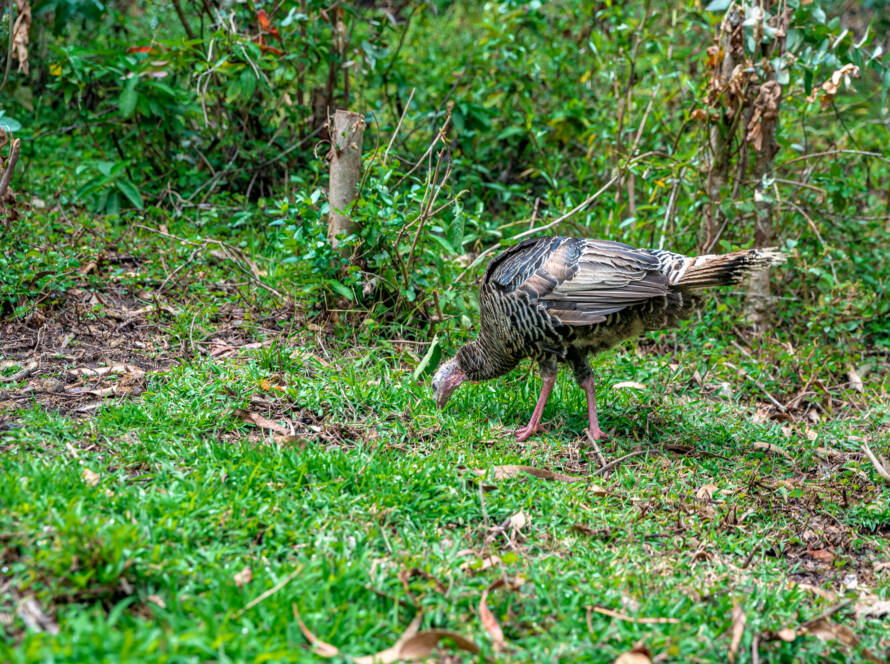Elk (Cervus canadensis) are one of the most iconic and majestic large mammals in North America. Historically, they roamed across vast territories, from the eastern United States to the western mountain ranges, thriving in a variety of habitats. However, due to factors like habitat loss, hunting, and disease, elk populations have faced significant challenges over the past century. This report aims to provide an overview of the current status of elk populations in North America and the efforts being made for their conservation.
Population Trends:
In recent years, elk populations have shown mixed trends across different regions of North America. While some areas have reported stable or even increasing populations, others have experienced declines. In general, states and provinces with strong conservation programs and protected habitats have seen positive trends in elk numbers. However, factors like habitat fragmentation, urbanization, and climate change continue to pose threats to their long-term survival.
Habitat Loss and Fragmentation:
One of the primary challenges facing elk populations is the loss and fragmentation of their natural habitats. As human development expands, it encroaches upon traditional elk ranges, leading to reduced access to food, water, and shelter. Fragmented habitats also isolate elk herds, limiting gene flow and making populations more susceptible to local extinction. Conservation efforts focus on preserving and restoring critical elk habitats through land acquisition and habitat management strategies.
Hunting and Wildlife Management:
Hunting has historically played a role in elk population management and conservation. In many regions, well-regulated hunting is used as a tool to maintain balanced herd sizes and ecosystem health. State and provincial wildlife management agencies work closely with stakeholders to set sustainable hunting quotas, taking into account factors such as population health, reproduction rates, and habitat conditions.
Disease and Health Concerns:
Elk populations are also susceptible to various diseases, such as chronic wasting disease (CWD) and brucellosis. CWD, a fatal neurological disease, has been of particular concern, leading to significant population declines in some areas. Wildlife agencies and researchers are actively monitoring and implementing measures to control the spread of diseases through surveillance, testing, and management strategies.
Conservation Initiatives:
Numerous organizations and agencies are committed to elk conservation in North America. Collaborative efforts between federal, state, and local governments, along with non-profit organizations and private landowners, have resulted in improved conservation outcomes. Initiatives include habitat restoration, wildlife corridors, public education, and research on elk behavior and ecology.
Conclusion:
The status of elk populations in North America is a complex and dynamic issue. While some regions report stable or increasing numbers, others face challenges related to habitat loss, hunting, and disease. Effective conservation strategies that balance the needs of human development with those of wildlife are crucial for the long-term survival of these magnificent animals. By continuing to work collaboratively across borders and disciplines, we can secure a brighter future for elk populations in North America.


